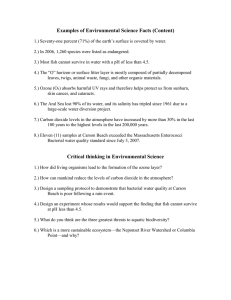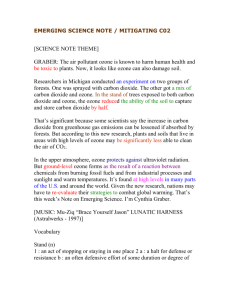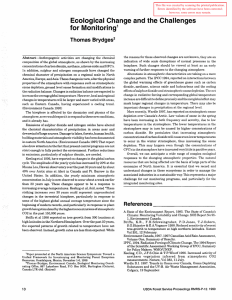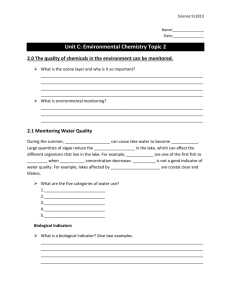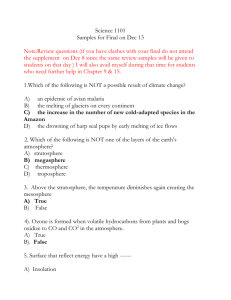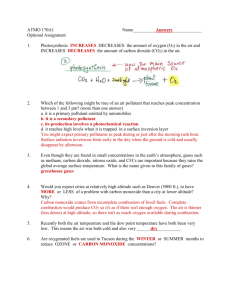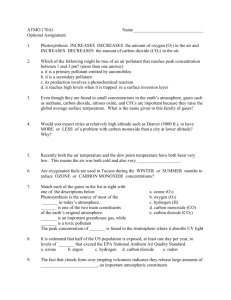this sample abstract
advertisement
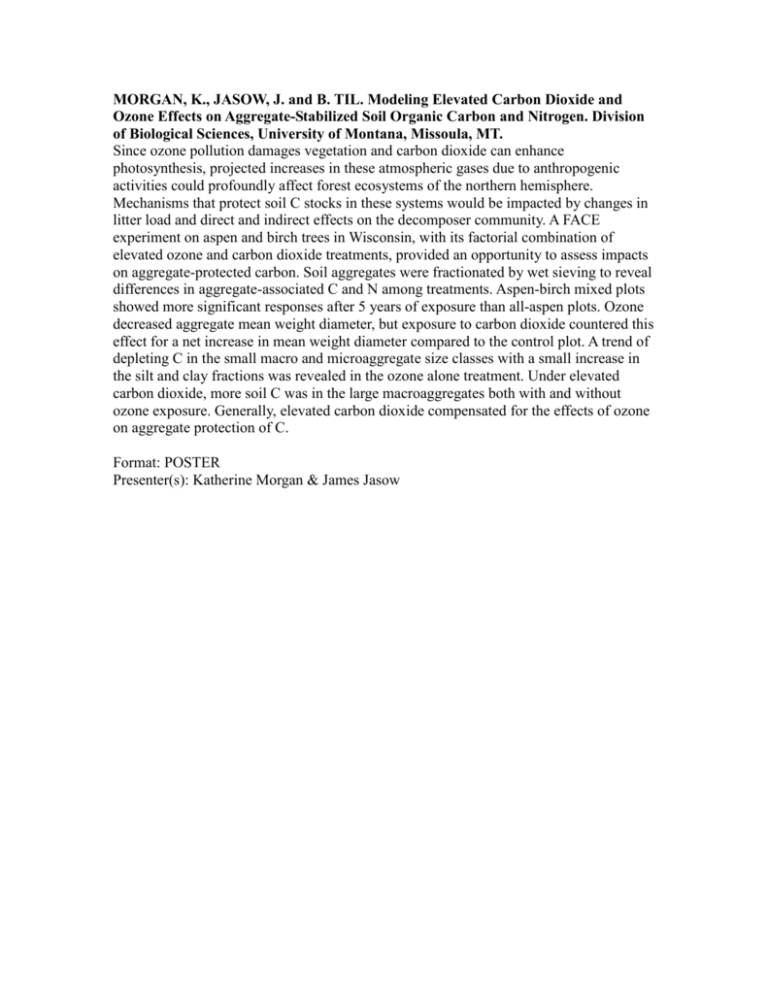
MORGAN, K., JASOW, J. and B. TIL. Modeling Elevated Carbon Dioxide and Ozone Effects on Aggregate-Stabilized Soil Organic Carbon and Nitrogen. Division of Biological Sciences, University of Montana, Missoula, MT. Since ozone pollution damages vegetation and carbon dioxide can enhance photosynthesis, projected increases in these atmospheric gases due to anthropogenic activities could profoundly affect forest ecosystems of the northern hemisphere. Mechanisms that protect soil C stocks in these systems would be impacted by changes in litter load and direct and indirect effects on the decomposer community. A FACE experiment on aspen and birch trees in Wisconsin, with its factorial combination of elevated ozone and carbon dioxide treatments, provided an opportunity to assess impacts on aggregate-protected carbon. Soil aggregates were fractionated by wet sieving to reveal differences in aggregate-associated C and N among treatments. Aspen-birch mixed plots showed more significant responses after 5 years of exposure than all-aspen plots. Ozone decreased aggregate mean weight diameter, but exposure to carbon dioxide countered this effect for a net increase in mean weight diameter compared to the control plot. A trend of depleting C in the small macro and microaggregate size classes with a small increase in the silt and clay fractions was revealed in the ozone alone treatment. Under elevated carbon dioxide, more soil C was in the large macroaggregates both with and without ozone exposure. Generally, elevated carbon dioxide compensated for the effects of ozone on aggregate protection of C. Format: POSTER Presenter(s): Katherine Morgan & James Jasow

